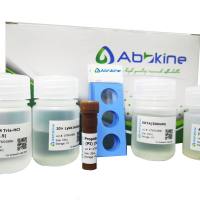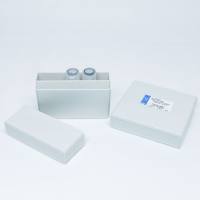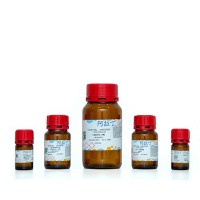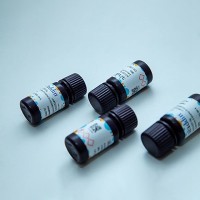A Historical Overview of Bromo-Substituted DNA and Sister Chromatid Differentiation
互联网
490
The thymidine analogue 5-bromo-2′-deoxyuridine (BrdU) has been widely used to make sister chromatid differentiation (SCD)
evident in metaphase chromosomes of cells grown for two cycles in BrdU and, thus, containing varying amounts of the thymidine
analogue. A direct consequence was the possibility of making sister chromatid exchange (SCE) evident without using autoradiographic
procedures. The latter phenomenon was first discovered in 1953, and its frequency is considered a reliable marker of pathological
cell situations, as well as an indicator of mutagenic compounds. Several experimental procedures were found which produced
SCD, such as the use of fluorochromes like 33258 Hoechst or acridine orange, whose observation under fluorescence microscopy
was directly recorded by photos or stained with Giemsa to make chromosome preparations permanent. Other treatments followed
by Giemsa staining required the use of saline hot solutions, acid solutions, nuclease attack and specific monoclonal antibodies.
Basically two molecular mechanisms were invoked to explain the different affinity of Giemsa stain for differential BrdU-substituted
chromatid DNA. The first implied debromination of chromatid DNA, whose occurrence would be greater in chromatids containing
an amount of BrdU greater than that present in sister chromatids. The second mechanism, although not denying the importance
of DNA debromination, postulated that chromatin structural organization, in terms of DNA–protein and/or protein–protein DNA
interaction, is responsible for SCD production.









